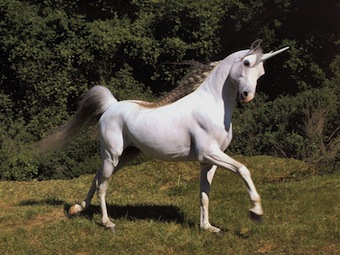
I have not come to mock the rotund self-promoter, but rather to talk about what might happen if its users were to throw themselves at the service to share copyrighted content. But first, a history lesson.
One criticism of the monetarists during the Thatcher years was that they “knew the price of everything and the value of nothing”. It’s a magnificent phrase: a withering encapsulation of the view that value doesn’t merely reside in a price. It also strongly implies that these individuals were guilty of philistinism.
This condemnation was a response to some radical changes. After many years in which the supremacy of technocratic planning had been unquestioned, Britain in the 1980s saw supply-side reforms introduced in many areas. These were intended to reveal a pricing signal. John Birt’s Producer Choice at the BBC – which gave programme makers the power to buy services from outside the BBC – was one example, and internal markets at the NHS were another.
Enthusiasts for the changes argued that while the new systems coughed up occasional absurdities, the internal markets put a price on goods which ultimately allowed resources to be used more efficiently than a central planner could anticipate.
People responded to the pricing signal by thinking about how they used things. They began to use things more cleverly, and source alternate supplies, for example. The “value of nothing” was a response to the fact that “somethings” had a value beyond the immediate market price signal. For example, we might want to subsidise a good or service (like transport, or coal power) for a long-term benefit.
Now let’s wind forward to today. Something quite remarkable emerges.

